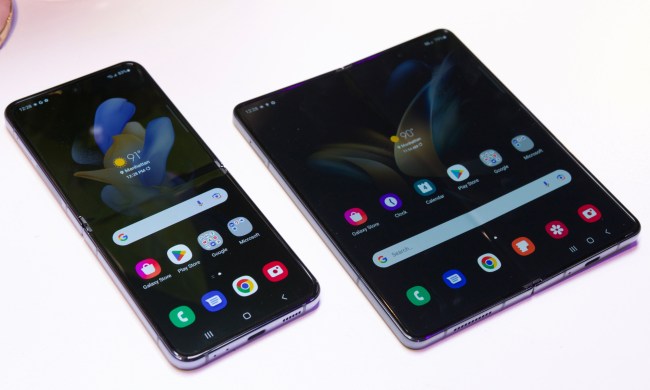
The Isocell Fast uses a three-layer sensor design. Samsung’s stacked sensor announcement comes almost a year after Sony announced a similar stacked design, the first time a stacked DRAM was built for a smartphone. Stacked sensors use a traditional layer of pixels mixed with another layer dedicated entirely to processing all that information and a third layer of temporary memory to store the data. The design lets the sensor process data faster — and for Samsung’s Isocell Fast, that means at least the 480 fps Samsung is teasing in the product graphics. The three-stack sensor allows for high-speed video, which can be used to create some serious slow-motion effects.
Along with the faster frame rate, Samsung says the Phase Detection Auto Focus, which uses a Dual Pixel design, is also better at focusing on quick subjects, notable when recording in challenging low-light scenes.
Speed is the focus for the Isocell Fast, while size is a priority for the Isocell Slim. The sensor on this option is small enough to allow for a bezel-free phone design, Samsung says, measuring at 0.9um. Samsung says the Isocell Slim sensor “offers the highest quality images ever built on a smaller camera module.”
The Isocell Bright focuses instead on improving low-light technology. With this sensor, Samsung merges four pixels into a larger photo site that is more sensitive to light. Powered by Tetracell technology, the sensor also allows for wide dynamic range exposures with one photo, rather than merging multiple photos with the more common high dynamic range technique.
While Samsung has already launched Dual Pixel sensors that offer some of the same dual lens effects from a single camera, the Isocell Dual offers a stacked sensor duo. Samsung says the Dual allows for optical zoom and background blur effects. The company says the dual lens option will also enhance the camera’s performance in low light.
Samsung has not said where the sensors will wind up, but the upcoming Samsung Galaxy S9 seems like a likely destination for one of them (or more). Each sensor also comes in different resolution and sizes, with the smaller options likely for front-facing cameras.



